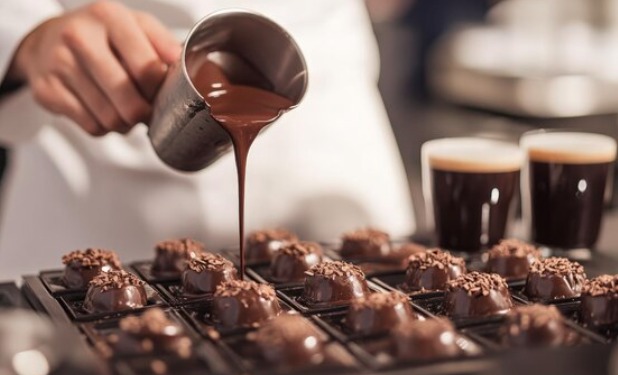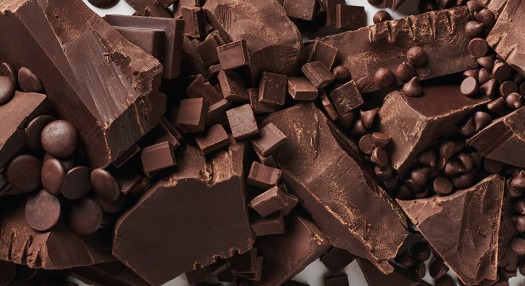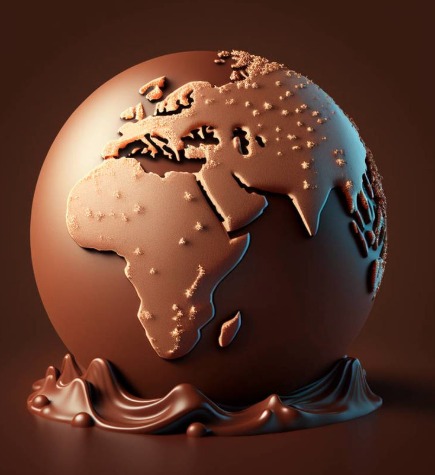Chocolate is more than just a sweet treat—it is a cultural phenomenon, a historical treasure, and a sensory experience that has captivated humanity for centuries. Originating from the ancient civilizations of Mesoamerica, where cacao was revered as the “food of the gods,” chocolate has evolved into a global indulgence, cherished in countless forms across different cultures. Today, it is not only a symbol of pleasure but also a sophisticated culinary art, with diverse flavors, textures, and traditions that appeal to connoisseurs and casual lovers alike.

The cultural significance of chocolate varies around the world, yet its universal allure remains undeniable. In Europe, particularly in Belgium and Switzerland, chocolate making is a point of national pride, with generations of artisans perfecting recipes for silky pralines and velvety truffles. Meanwhile, in Mexico, chocolate retains its ancient roots, often enjoyed as a spiced, bitter drink reminiscent of the Aztec xocolātl. In Japan, chocolate has been embraced with a unique twist, blending traditional matcha or red bean flavors into delicate confections. Each culture has shaped chocolate in its own way, making it a versatile medium for both tradition and innovation.
When it comes to taste, chocolate offers a spectrum of flavors that cater to every palate. The primary categories dark, milk, and white each deliver distinct experiences. Dark chocolate, with its high cocoa content, ranges from mildly bitter to intensely robust, often carrying notes of red fruit, coffee, or even smokiness depending on its origin. Milk chocolate, creamy and sweet, provides a comforting familiarity, while white chocolate, though not technically chocolate by some definitions, charms with its rich vanilla and caramelized undertones. Beyond these basics, gourmet chocolates now incorporate exotic ingredients like Himalayan salt, chili, lavender, or even aged whiskey, transforming each bite into an adventure.

What truly makes chocolate irresistible, however, is the way it engages the senses. The snap of a well-tempered dark chocolate bar, the melt in your mouth smoothness of a truffle, or the crunch of a hazelnut studded praline all contribute to a multisensory delight. Moreover, chocolate carries emotional weight; it is a gift of love, a comfort in times of stress, and a celebratory staple during holidays like Valentine’s Day and Easter. Marketing plays into these associations, with luxury brands emphasizing craftsmanship, while others highlight ethical sourcing or health benefits, such as antioxidants in dark chocolate.
From a consumer’s perspective, the decision to purchase chocolate often hinges on more than just taste. Packaging, storytelling, and ethical considerations all play crucial roles. A beautifully designed box suggests premium quality, making it perfect for gifting. Brands that emphasize fair trade or sustainable farming tap into the growing demand for ethically produced goods. Additionally, limited edition flavors or collaborations with renowned chefs create a sense of exclusivity, tempting buyers to indulge. Whether it’s a nostalgic childhood favorite or an artisanal single-origin bar, chocolate’s ability to evoke emotion ensures its place in hearts and shopping baskets worldwide.
In the end, chocolate’s enduring appeal lies in its perfect balance of history, craftsmanship, and sensory pleasure. It is a product that transcends borders, adapts to trends, and continually reinvents itself while staying true to its decadent roots. For those seeking comfort, luxury, or simply a moment of joy, chocolate remains an unbeatable choice one that promises delight in every form.





Be the first to comment